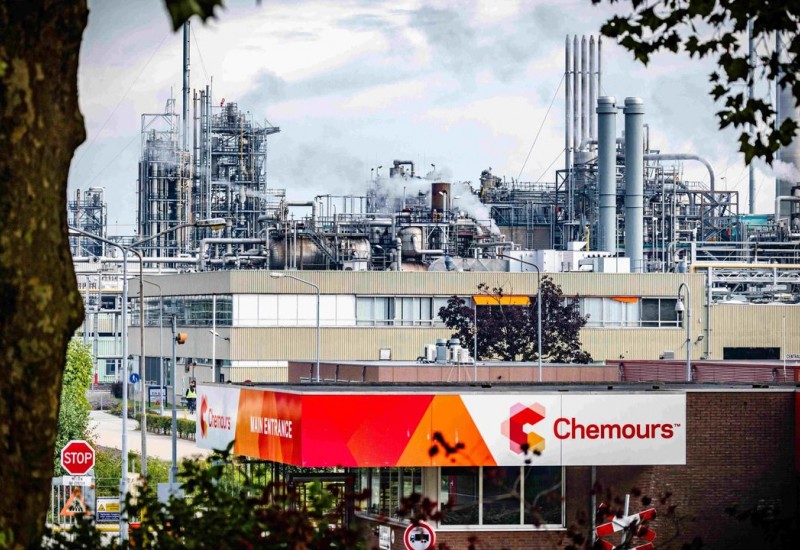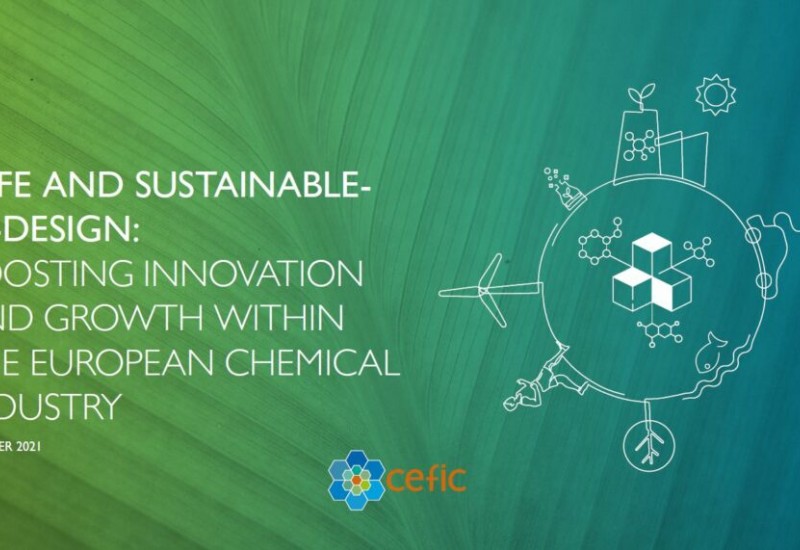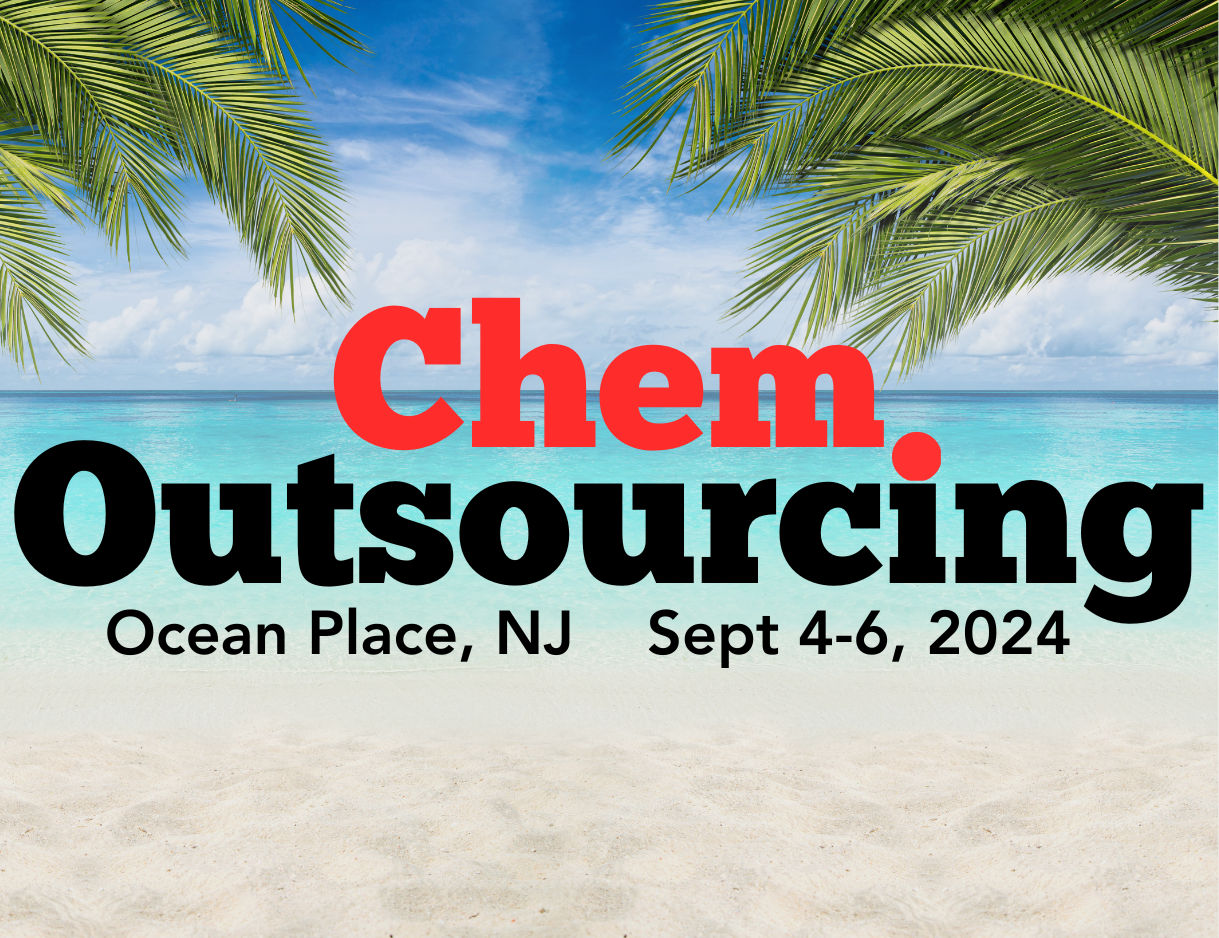Feature article: Facing up to the four horsemen
Steve Elliott, chief executive of the Chemical Industries Association, looks at the key immediate challenges facing the industry in the UK
Russia’s invasion of Ukraine marked the arrival in the UK of the fourth and hopefully final ‘horseman of the apocalypse’, joining Brexit, COVID and the cost of living squeeze. Each one of these has presented, is presenting or will present a huge shock to the UK economy and wider society, with each of them fully testing the resilience of the chemical industry as a key foundation sector and building block of wider manufacturing.
Although the jury remains out on when we see off the four horsemen, we can of course make some assessment of the impact on our industry, our related response and what more we need to do ourselves, and/or with the help of government and others, to secure our short, medium and long term future.
Brexit
On Brexit, the January 2021 Trade & Cooperation Agreement (TCA) saw us secure three of our four priorities:
* A tariff-free environment with supportive rules of origin
* The ability to continue accessing EU people and talent (especially above a certain salary threshold)
* (What looked like) continued access to the important EU Horizon Europe collaborative R&D funding programme
A joint UK-EU commitment to a Chemicals Annex, with the emphasis on future regulatory cooperation, as part of the TCA also boded well. What was missing, of course, was the call for regulatory continuity with regard to chemicals policy, with access to EU REACH data being conspicuous by its absence, a victim of the respective political red lines of sovereignty and the Single Market.
This leaves industry, as manufacturers and downstream users, facing a minimum £1 billion registration and registration fee responsibilities, not to mention the £500 million already invested in EU REACH compliance since 2010. Now, we have retained that tariff-free environment and traders are learning the joys and frustrations of rules of origin but visa processing to enable the movement of talent is still not efficient enough.
Horizon Europe access is a victim of the political stand-off over the Northern Ireland (NI) Protocol and the Chemicals Annex remains a statement of future intent rather than any dynamic commitment. What has shifted positively, of course, has been the UK’s position over UK REACH, with the government now working with industry and NGOs to try and identify a solution that, in Defra’s words, “might reduce the elements of registration that require industry to provide the hazard data packages and replace them with an innovative requirement focussing on the assessment of risk within the GB context”.
Beyond UK REACH, we urgently need to see some practical benefits from Brexit if we are to secure and strengthen our most important market place and exploit opportunities around the world. The Brexit Freedoms Bill is more a political symbol than anything of real substance and the best that can be said is that we are in damage limitation mode.
Looking elsewhere, it is encouraging to have the UK political recognition of a senior level DIT/Industry Chemicals Trade Advisory Group to help boost the UK’s non-EU commercial interests. The government’s ambition to secure trade agreements representing 80% of total UK trade by the end of this year is rightly ambitious (we are currently at around 63%), but progress has been slow on the markets that matter most to our industry. Negotiations with our single most important export market, the US, are effectively on hold, with the outcome of the NI Protocol stand-off also being a key influencer.
Whilst we retain a chemicals trade surplus, last year did see a significant fall in both UK chemical exports and imports opposite the US, so the sooner we make trade deal progress the better. Any deal with India also remains far off, despite recent confirmation of £1 billion of new commercial deals, including Tata Chemicals' £20 million investment to expand its UK operations and Scott Bader’s £23 million investment in a new resins manufacturing facility in India. More urgency is obviously desirable but we should not hold our breath for any major breakthroughs any time soon.
COVID
The government recognised, from the outset, the wider societal need for our industry to keep operating, for workers to be able to continue sending its children to school, for our businesses to determine their own COVID-secure risk assessments and for our manufacturing sites to repurpose alcohols for hand sanitiser production. Over two years on, we have more than played our part in helping combat the pandemic – most markedly through Croda’s involvement in the Pfizer vaccine chain.
We are of course increasingly living with COVID but we still see some UK geographical hotspots that are important for our industry and, further afield, China’s zero tolerance approach is really biting with most supply chain activities in the Yangtse Delta paused: 300-600% hikes in logistics costs due to restrictions on driver and truck access and imports from China slowing down.
All the good work companies have done in meeting and continuing to operate during the COVID-19 challenge will continue to be valuable; not only helping to build the sector’s resilience, but also creating healthy workplaces through the knowledge we have gained, such as the importance of air quality in our workplace buildings and the benefits that can be achieved from improvements to ventilation.
Cost of living
The global economic recovery from COVID – with demand often outstripping supply – has, of course, helped fuel the cost of living squeeze. And, looking back, the chemical sector has proved particularly resilient throughout the pandemic. In 2020, the sector grew by over 6%, in large part due to the solutions it provided in responding to COVID; it then grew again by 4.0% in 2021.
This year, however, the industry will do well to achieve any growth in the face of escalating energy and raw material costs and a reduction in demand in both industrial and consumer markets as the cost of living squeeze takes hold. Input and output price growth hit record highs in the chemical industry in the year to April 2022. Input prices rose 31.1%, driven by industrial gases, inorganics, fertilisers and petrochemicals, while output prices rose 27.6% driven by fertilisers, glues and plastics.
The majority of CIA member companies are still able to pass through increased costs. Many CEOs are also confirming that demand is ‘real’ and driven by end consumers, rather than just ‘apparent’ in looking to inventory build ahead of price rises, especially in consumer-facing markets. A look to the autumn, however, suggests much less certainty in the face of inflation – currently at a 40-year high of 9% and expected to surpass 10% by the year end; interest rates – increased to 1.0% and anticipated to go to over 2.5% in 2023; and pay awards - now reaching the 5-6% level.
The autumn will also see a second release of the energy price cap for domestic consumers, further dampening demand. Clearly this is a resilient industry but one that, in all likelihood, will be confronting a significant downturn in both our customers’ purchasing power and economic growth later this year and into 2023. No wonder one CEO in our survey response remarked that this is fast becoming a “brutal time to do business”.
Ukraine
UK chemical businesses are doing the right thing in terms of the ethical and humanitarian response to Russia’s invasion of Ukraine, alongside taking action where necessary to address sanctions-related export bans or tariff hikes. UK chemicals trade with Russia is relatively small (about £650 million in exports and £250 million in imports), so the direct impact is not material, but the knock-on implications are hugely significant.
Nowhere is this more worrying than in energy and food security, with the EU’s direct significant dependence on Russian oil and gas, and growing concern that farmers do not have enough mineral fertiliser or diesel fuel to maintain food production. There will be food shortages in 2023 if food production is cut in crops being planted now.
Challenges ahead
So, these ‘four horsemen’ have presented huge challenges to business, which will also require some relatively immediate actions for companies to take to best insulate against a significant economic downturn. These actions will include:
* Going back to some basics, such as scenario planning opposite a wider range of outcomes
* Focusing more on cashflow than profit to ensure survival
* Being extra-vigilant in managing credit and supply chain
* Differentiating between that real and apparent demand and ensuring relationship with banks are strong and predictable
The UK government is under increasing pressure to intervene more, against long-standing accusations that its performance has been too tactical. Taking a strategic approach opposite such a series of events would be more than challenging and this government that has taken action on our industry’s two biggest policy concerns: re-opening the door on UK REACH and taking a positive first step in easing energy costs with relief on power prices for those facing major indirect carbon costs.
Late March saw the first meeting of the new Oversight Group for the UK REACH Alternative Transitional Registration Model. Its members include representatives of government, industry, NGOs and academia. This group will share views on the development of the alternative REACH registration approach, informed by what we expect to be a series of one to one technical discussions between the Health & Safety Executive, industry and NGOs on future options.
Whatever the outcome, the UK REACH registration compliance deadlines will be extended, with a full consultation planned for later in 2022. This is a positive move, but a greater sense of urgency is needed, both with regard to the technical discussions and confirmation of the deadline extensions, to give all stakeholders confidence in the process and to help business avoid operating in a legal vacuum.
Energy prices
We are all experiencing steeply rising gas and electricity costs. For the chemical industry – especially its more energy-intensive wing where energy often accounts for more than 50% of operating costs – we have seen astronomical increases alongside huge volatility. In January 2021 you could buy gas at around 45p/therm; the day after Russia’s invasion, it was trading at £8.00/therm, having started to rise in autumn 2021 to £2.00/therm. Although abating since the onset of the invasions, gas still remains over £1.00/therm and looking to forwards contracts, is expected to remain at this elevated level as far out as winter 2025.
As many energy experts have suggested, we should be preparing for a sustained period – perhaps 18 months to two years - of high prices. We must also keep the pressure on government to go beyond its recent additional compensation on power prices and follow through on its commitments to do more to alleviate energy intensive industries from renewable policy costs, to get a fair transition to any green gas levy and generally keep pace with ongoing EU relief measures. Failure to address these costs, which will become increasingly unsustainable as chemical businesses find cost pass-through increasingly difficult, will of course make our industry’s transition to net zero all the more challenging.
In 2021, CIA member companies committed to a collective ambition to reduce emissions by 50% by 2034, and by 90% by 2050. This is based on sufficient access to hydrogen, carbon capture and storage and clean electricity and recognising that individual businesses could be more or less ambitious than this given their energy intensity.
As the key solution provider through, for example, chemical innovations in power generation and storage (e.g. next generation batteries in replacing lithium with sodium); mobility and transport (e.g. lightweight materials to bolster fuel efficiency) and wider industry and bio-based production (e.g. recycling CO2 to chemical feedstock), we need a more competitive policy environment to ensure that we make the necessary progress between now and 2030 to realise those longer-term ambitions.
Linking to both REACH and energy costs, we believe that government can also help more fundamentally by embracing policies and a regulatory culture, approach and framework that is multi-faceted, recognising the need for ‘trade-offs’ to drive sustainable outcomes – addressing the sometimes-competing factors of innovation, environmental impact, circularity, climate change, energy consumption and global competitiveness – and with science, underpinned by high quality evidence being at the centre of it all.
We should therefore build on the recommendations of the Innovation, Growth & Regulatory Reform Task Force and give confidence to business leaders and the wider investment community that the UK is serious about becoming an internationally competitive location for manufacturing and chemicals. Chemicals policy, energy costs and a broader regulatory culture with science-based decision-making at its heart.
With these three in mind, it remains disappointing that there is still no appetite within government for an industrial strategy to assist that move from the tactical to the strategic. But a key lesson from all four horsemen is surely that manufacturing and its supply chains are critical, increasingly valued but still not well understood. That said, we urge the government to work with the whole sector to help boost its visibility and value, to help secure the workforce of the future, drive up its share of GDP and ensure greater control or ownership of those supply chains through on or re-shoring where necessary.
The prize
The first and most essential prize for getting this right is, in the short term, surviving the downturn and thriving in any new normal that emerges. Beyond that, it is about securing a more resilient and compelling manufacturing environment based on more competitive energy and regulation, underpinned by infrastructure and skills.
Looking further on, it is about delivering on our net zero commitment, without which the country cannot realise its decarbonisation and broader sustainability goals. The main source of support to help exploit the UK industry’s share of opportunity is through UKRI and its funding of seven key technology themes:
* Advanced materials & manufacturing
* AI, digital & advanced computing
* Bioinformatics & genomics
* Engineering biology
* Electronics, photonics & quantum
* Energy & environment technologies
* Robotics & smart machines
For the chemicals sector, those opportunities are mainly focussed on net zero and digitalisation - for example, the Net Zero Hydrogen fund, the Industrial Energy Efficiency Accelerator and the Sustainable Innovation Fund. The Knowledge Transfer Network (KTN) is an excellent ‘one-stop shop’ to identify a suitable fund and where needed possible partners.
It is also worth talking to the Centre for Process Innovation, which helps turn ideas into commercial applications by addressing the gap between technology concept and commercialisation. Globally, the prize for those that do get this right is well documented. The UN estimates that the population will reach 10 billion by 2050, with a corresponding 35% increase in the demand for food, 40% for water and 50% for energy - all of which will require solutions based on chemistry.
Contact:
Simon Marsh
Communications Director
CIA
+44 20 7963 6725
www.cia.org.uk





















